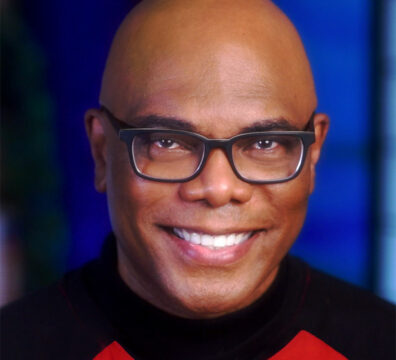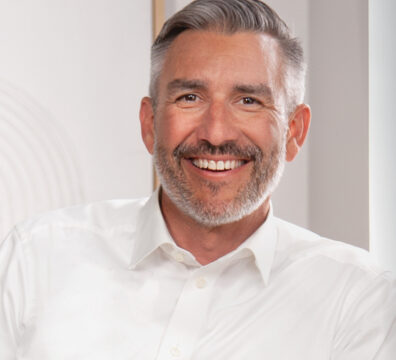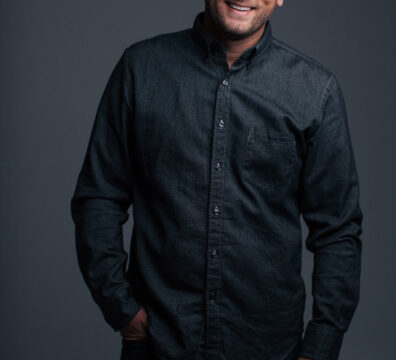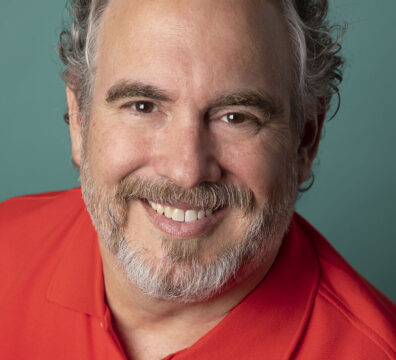
ACHIEVE RADICAL SUCCESS THROUGH Empathy.
I help good companies become great by connecting people, purpose, AND profit.
Let’s get started
Now is the time
The current market is not merely asking, but requiring that you adapt and evolve.
You need visionary and compassionate leaders. You need a high-performing and empathetic culture. You need an influential and uplifting brand.
Gone are the days of cutthroat C-level execs and merciless mass-layoffs. Today, customers, stakeholders, and employees alike expect your company to value and model empathy.
Fortunately, winning leaders and organizations can be compassionate and competitive, ambitious and empathetic. Cultivating empathy helps you create more innovation, happier stakeholders, and lucrative bottom-line results.
Cash flow, creativity, and compassion are not mutually exclusive.
Empathy is the new foundational standard, not a fluffy afterthought.
#1
Empathy is #1 for “new product innovation success.”
Nielsen
87%
of CEOs agree the company’s financial performance is tied to empathy.
Businessolver
92%
of team members would be more likely to stay with their company if business leaders empathized with their needs.
Businessolver
2x
Emotional connection is TWICE as valuable as customer satisfaction.
Harvard Business Review
Improve your empathy in your business or brand now and for the long-term.
My clients learn to imbue their work with compassion to create strong leaders, thriving cultures, and winning brands.
Are you ready to see how high your organization can climb when it’s supercharged by empathy? And how your people can engage and perform beyond your wildest expectations?
Just a few of the organizations that love working with Maria






Maria brings nearly 30 years of empathy-led leadership, business, and brand expertise. She has been a trusted advisor to hundreds of companies and brands, including massive global corporations, pioneering startups, and heart-centered nonprofits.
In her engaging workshops and mindset-shifting presentations she offers actionable strategies to amplify impact, and explains how compassionate business tactics will transform organizations from the inside out.
Maria can help if…
- You want to cultivate integrity in your leadership, business, culture, and brand.
- You want to create a business that makes a significant difference in the world.
- You want to craft empathetic brand stories to better engage and connect.
- You want to leverage your compassionate culture to attract and retain top talent.
- You want to make the world a better place while still turning a healthy profit.
More Happy Clients
Conversations with leaders, changemakers, and those who challenge the status quo.
The Empathy Edge Podcast
-
April Hot Take: Why Empathy Starts with Self-Awareness
The book is coming! September 10 is the day that The Empathy Dilemma: How Successful Leaders Balance Performance, People, and Personal Boundaries hits shelves to help leaders dedicated to people-centered practices to get the best performance possible and balance the demands of the business with the needs of their people. I am so excited to […]
-
Logan Mallory: How a Culture of Gratitude Boosts Engagement and Mental Health
-
Paul Rutter: Could you Live with Your Customers and Colleagues, 24/7?
-
Kat Kennan: How Trauma-Informed Marketing Offers a Radical Customer Experience
-
Charles Gellman: Take Your Meds! AI-Assisted Robotics Improves Home Health Care
-
Shizu Okusa: From Wall Street to Wellness: How One Entrepreneur Built Empathy Into Her Success
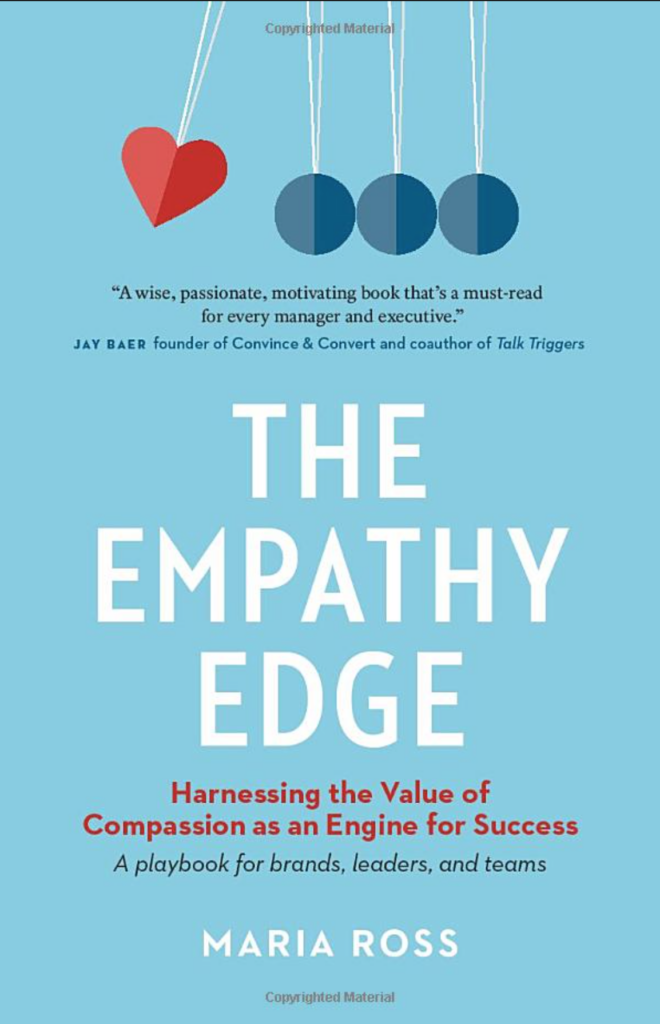
The Empathy Edge Book
harnessing the value of compassion as an engine for success
Through Maria’s research, case studies, and practical advice you’ll discover how active compassion and cultivating an empathetic mindset can help you and your brand succeed.
Expert Insights from Maria
-

How Does Self-Awareness Lead to Empathy?
The book is coming! September 10 is the day that The Empathy Dilemma: How Successful Leaders Balance Performance, People, and Personal Boundaries hits shelves to help leaders dedicated to people-centered practices to get the best performance possible balance the demands of the business with the needs of their people. For the next 5 months, I’ll…
-

3 Ways You Can Make Empathy a Habit
As science has proven to us, empathy is innate to human beings. It’s just that sometimes, barring specific psychological disorders, that muscle atrophies. Whether it’s because of how you were raised, or your current workplace, or who you surround yourself with, the muscle can lose its tone when empathy is not celebrated, rewarded, or modeled.…
-

Seeking Emotional Intelligence? Embrace Stoicism
This article stopped me in my tracks. It’s an article from Jeff Haden, a contributing editor for Inc. It so perfectly and succinctly lays out the entire premise of my forthcoming book, The Empathy Dilemma: How Successful Leaders Balance Performance, People, and Personal Boundaries. (psst, you can pre-order now!) Too often, we conflate emotional intelligence…

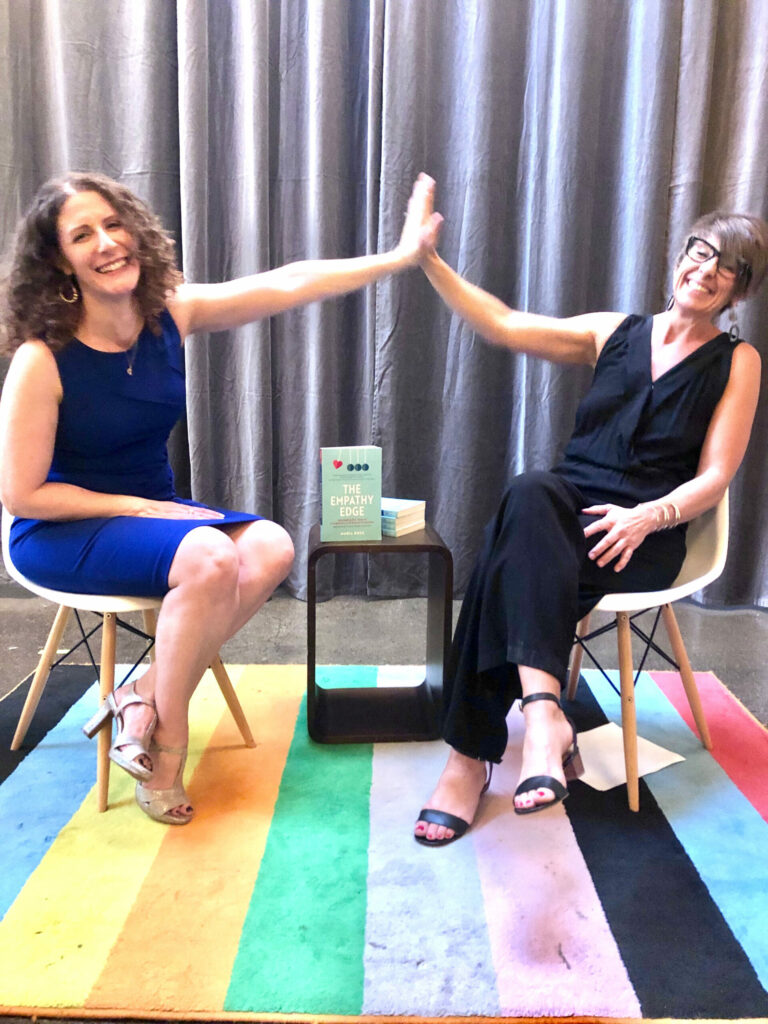
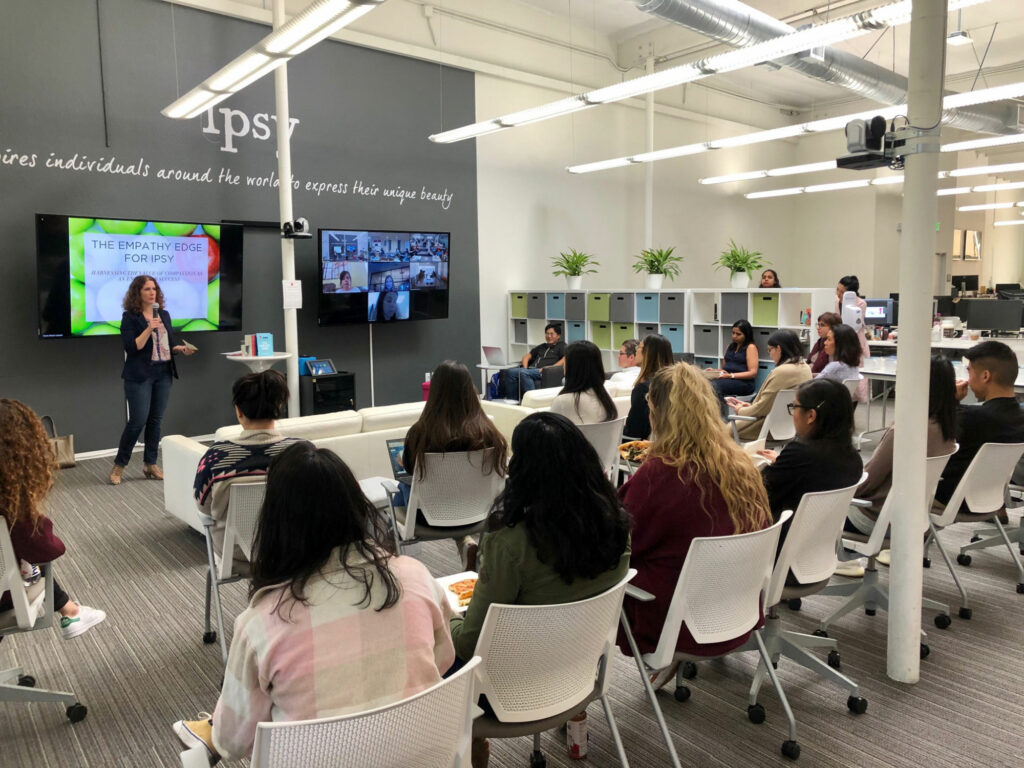
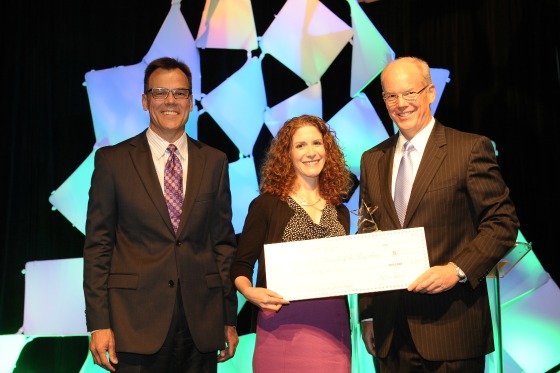

Ready to join the revolution?
Find out how empathetic your brand is RIGHT NOW, and join our newsletter to start shifting your perspective and transforming your impact.










